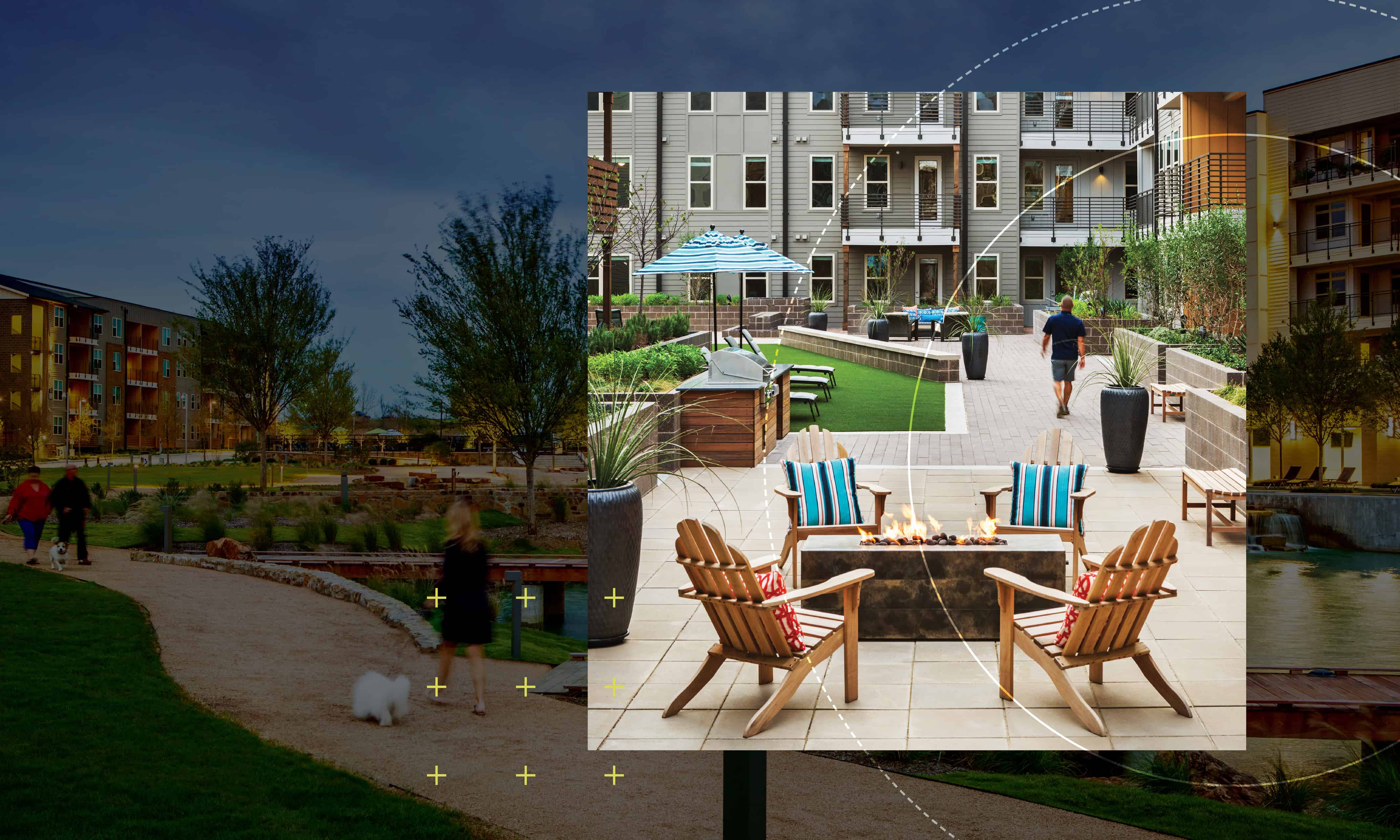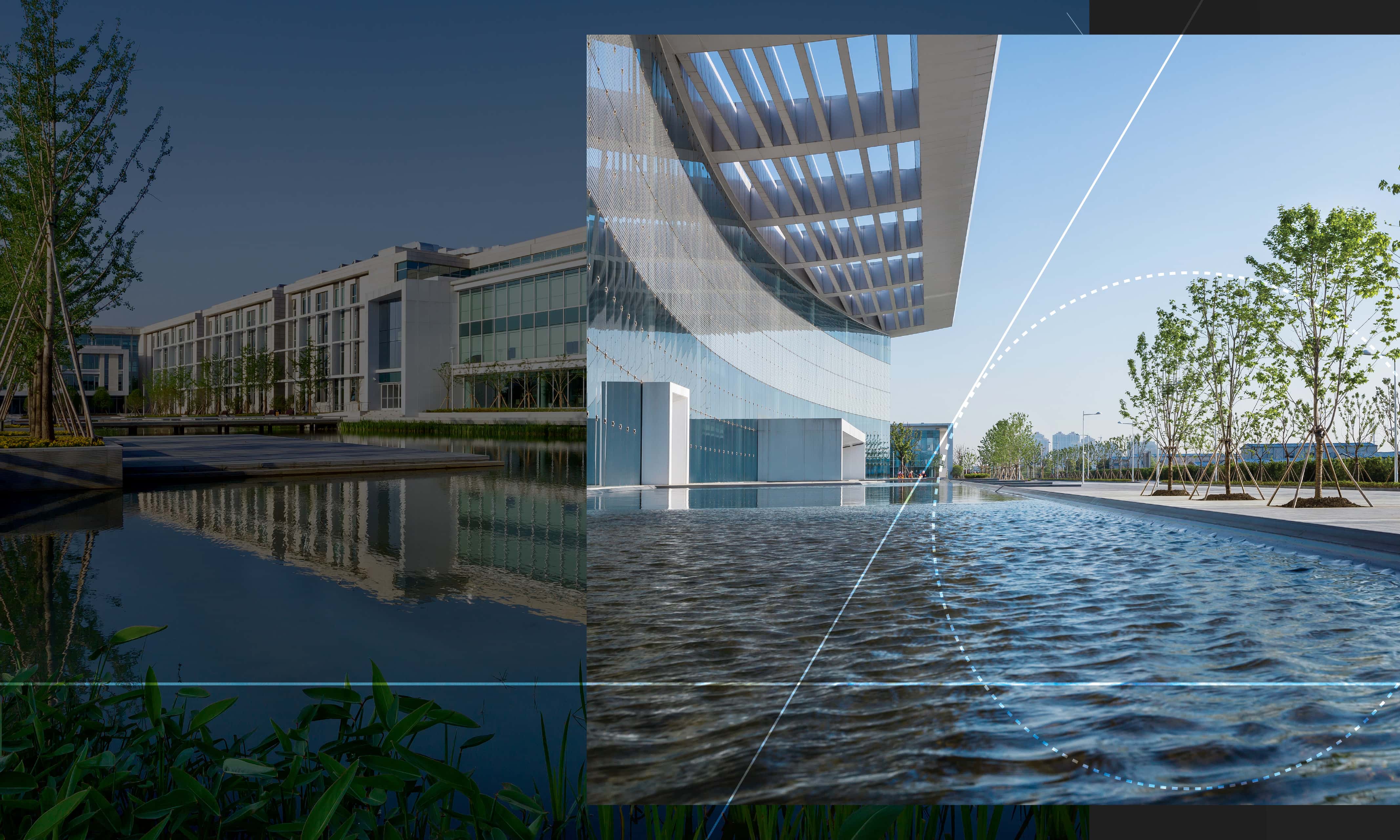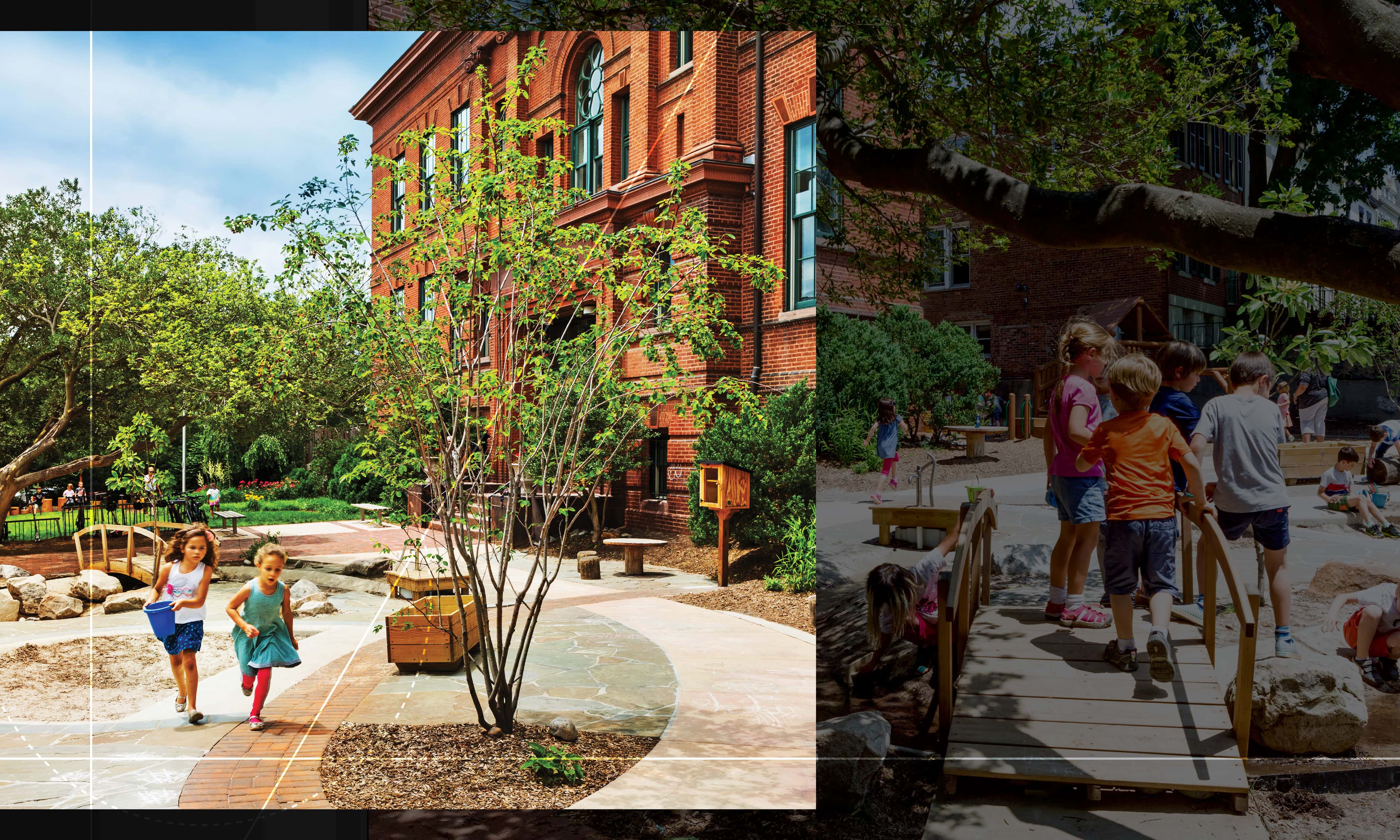By: Stephanie Roa, LA Designer. Originally posted on DeepRoot.
Today’s workplaces are a notable departure from those of the cubicle-filled past. With a better understanding of how design affects the mind, forward-thinking companies have rethought florescent lights, desk partitions, and separate departments, opting for natural light and flexible work zones to support creativity, focus, and teamwork. As companies strive to keep a competitive edge, several are leveraging the measurable benefits of outdoor spaces to improve employees’ creative thinking, refresh, and inspire. Coined by The Huffington Post the “new workplace frontier”, exterior office spaces may be the next design trend, driven by changing work styles, innovative technology, and the growing presence of millennials in the workforce.
What we can do with this outdoor office space is still in its infancy, however, many innovative companies have been able to effectively leverage outdoor space to meet the following needs:
Flexible and open workspaces
New technologies, such as the development of wearables and tablets, have given employees the ability to work from anywhere. As workers become increasingly mobile, the division between indoors and outdoors is breaking down. Facebook’s headquarters in Menlo Park, CA was designed with plenty of both indoor and outdoor space. Featuring an open floor plan and a 9-acre rooftop park, the headquarters promotes flexibility and mobility, providing a range of choices for different workstyles. This trend of supplying a variety of spaces for workers to inhabit is shown to increase productivity, as the spaces adapt to the employee’s needs instead of requiring the employee to adapt to them.
Similarly, the Under Armour headquarters in Baltimore, MD features a fully-equipped gym, basketball court, and outdoor turf field for warm-ups, yoga classes, or circuit training. Other companies, such as the law firm Venable, are utilizing the outdoors to create an active, animated environment, transforming the area into the new social hub. Featuring a bocce court, lounge, and fire pit, this space is intended to relieve stress and make the office feel a little more exciting.
[caption id="attachment_3654" align="alignnone" width="1296"]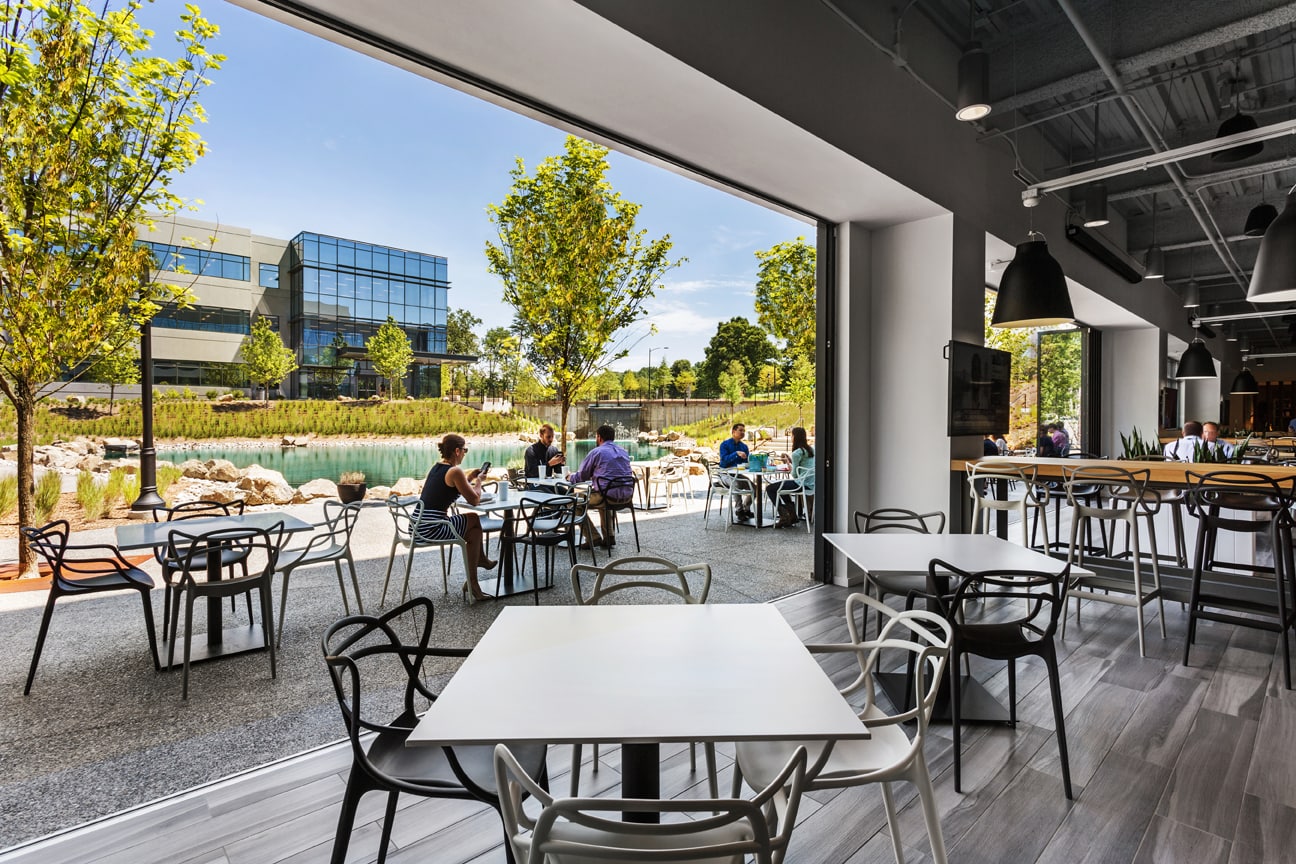 Sealed Air Headquarters[/caption]
Sealed Air Headquarters[/caption]
Integration of work and social space
In addition to indoor/outdoor flexibility, many offices are becoming more comfortable, simulating the relaxed feeling of home in their furniture and layout choices. In an effort to boost satisfaction, productivity, and retention, some employers are replacing or supplementing assigned desk seating with a variety of less-conventional workspaces, such as oversized lounge seating or café tables and chairs, for workers to hold impromptu work sessions.
As companies move toward a more flexible and comfortable workplace, they also are encouraging employees to linger in communal spaces. These shared spaces, where casual meetings and impromptu exchanges occur, often have a different ambiance than the work zone. The use of lounge furniture, bar-height tables, and WiFi invites employees to get away from the formal conference table setting in favor of something cozier. By providing plenty of communal space for chance encounters, employers spur unexpected collisions and collaborations. Data suggest that such collisions improve performance and creativity. Yahoo, for example, notoriously revoked at-home work privileges because, as the chief of human resources explained, “some of the best decisions and insights come from hallway and cafeteria discussions.” By creating shared space where employees can work with partners, consultants, and customers, a shared sense of community emerges, and with it, innovation.
[caption id="attachment_3651" align="alignnone" width="1317"]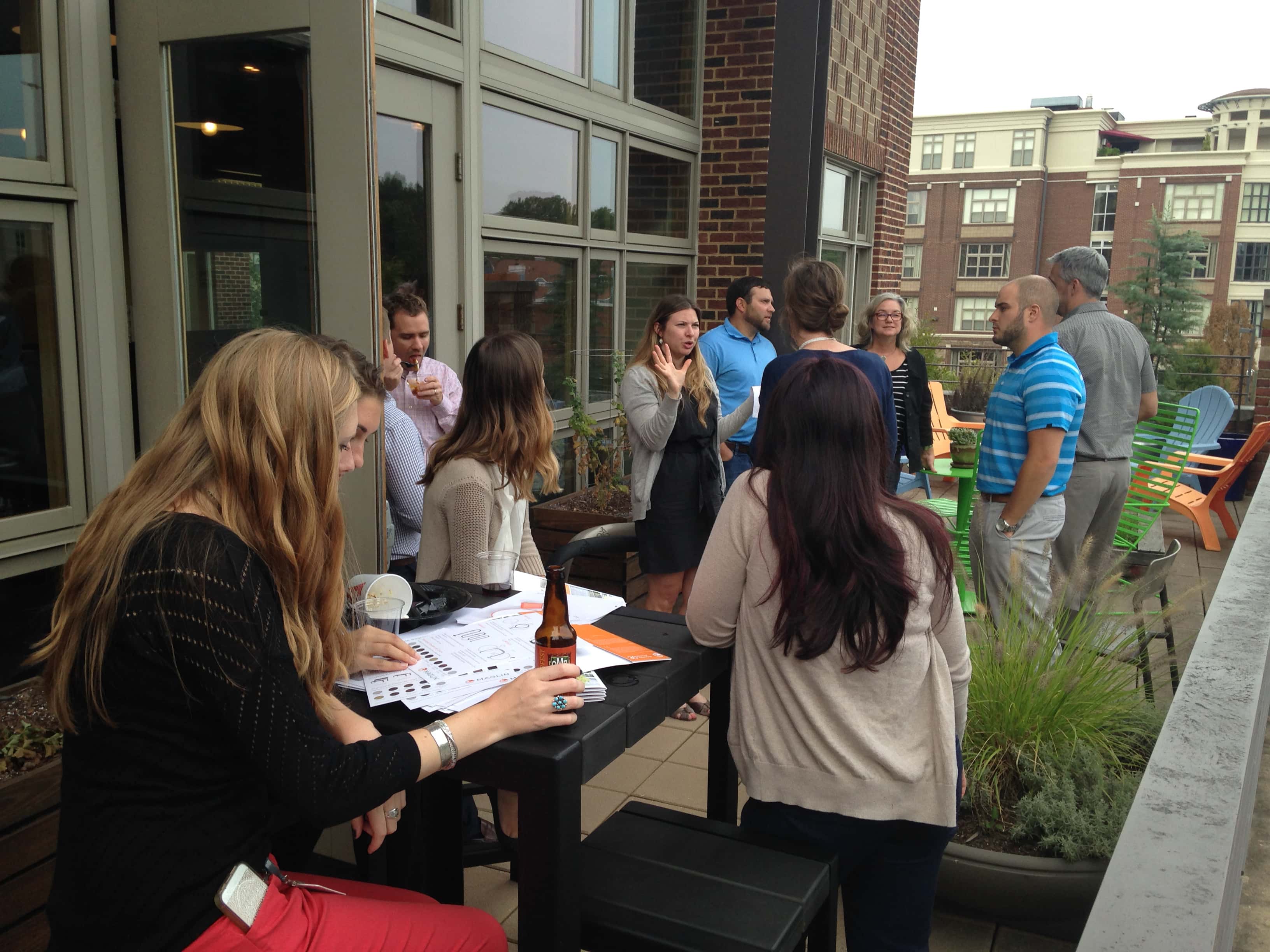 LandDesign's Charlotte Office[/caption]
LandDesign's Charlotte Office[/caption]
Workplace wellness
A focus on personal health and wellness has become increasingly prevalent recently, and companies are responding to the trend, often considering the health of the environment as well.
Not only are employers providing healthy snacks and fitness classes, some are even considering employee health in the overall design of their facilities. Certifications like LEED and WELL Building Standard are becoming more widespread, with a focus on how to best build a healthy, people-centric office. Kickstarter’s headquarters in Brooklyn, NY is one example of a company choosing sustainable, human-centered design. Formerly a pencil factory, the space was transformed to let in light and features nature-filled spaces, including a central solarium and rooftop edible garden.
Another way to promote wellness is by encouraging movement throughout the day, an activity that research has shown to be important to employees’ physical and mental health. By providing both active spaces for walking, and reflective, serene spaces for contemplation, Kickstarter’s headquarters provides multiple places for employees to get relief from mental fatigue.
Recruitment and retention
Today, the employment experience is just as important as the job. Workplace design is all about designing for people, and organizations must offer a range of options to meet the needs of different groups of workers. What matters most is making employees feel valued, and recognizing that their quality of life matters. As Building Design + Construction states, “community gathering spaces, appealing food offerings, workout facilities, outdoor break areas, recreational amenities, modern furnishings, and advanced technology platforms communicate the message that an employer cares for the well-being of employees, which can be a big aid to recruitment and retention.”
While many companies are beginning to incorporate some of these elements into their workplace design, there’s plenty of room for even greater awareness and implementation of this way of thinking holistically about the workplace.
Resources
Building Design + Construction, “Workplace design trends: Make way for the Millennials”
Fast Company, “8 Top Office Design Trends for 2016”
Forbes, “10 Workplace Trends You’ll See in 2017”
Forbes, “Office Design Trends Driven by Millennials”
Gensler, “The 2008 Workplace Surveys”
Harvard Business Review, “Why You Should Tell Your Team to Take a Break and Go Outside”
Harvard Business Review, “Workspaces That Move People”
Huffington Post, “Outdoor Workspace: The Next Workplace Frontier”
SFBI, “9 Essential Workplace Design Trends for 2017 and Beyond”
Wired, “Planning a New Silicon Valley in the Heart of Brooklyn”
WorkDesign Magazine, “2017 Office Design Trends Forecast”
WorkDesign Magazine, “How to Create More Collisions in Your Workspace”

